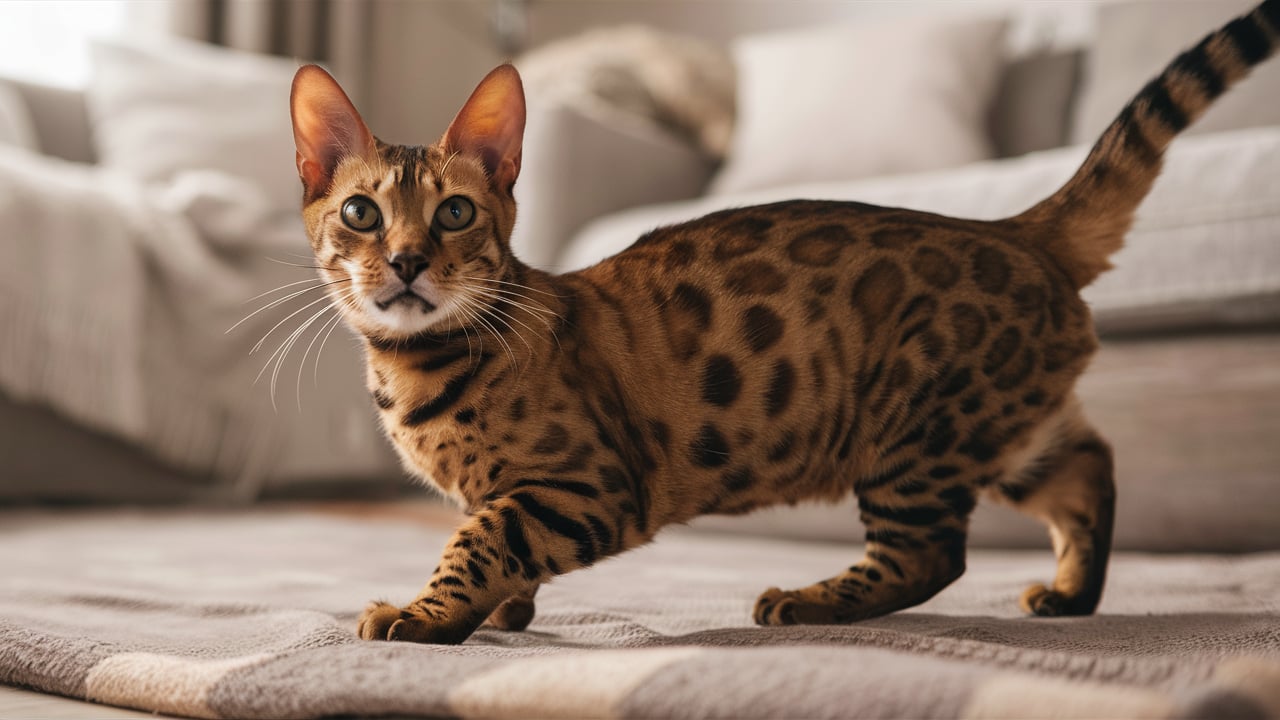Introduction
If you’ve been sneezing and wheezing around cats but still dream of having a feline friend, you might have come across the term “hypoallergenic.” But what does it really mean, and does it apply to Bengal cats? In this article, we’ll dive deep into the world of Bengal cats and explore whether they truly deserve the “hypoallergenic” label. Are Bengal Cats Hypoallergenic? this question is asked by various cat owners.
What Does Hypoallergenic Mean?
The term “hypoallergenic” is generally used to describe products or animals that are less likely to trigger allergic reactions. It’s important to note that “hypoallergenic” doesn’t mean “allergy-free.” It simply means that something is less likely to cause allergies.
Why the Interest in Hypoallergenic Pets?
Many people who suffer from allergies still want to enjoy the companionship of pets. Hypoallergenic pets offer a potential solution, allowing allergy sufferers to experience the joy of pet ownership without as much discomfort.
Understanding Bengal Cats
Before we dive into whether Bengal cats are hypoallergenic, let’s first understand what makes this breed so special.
The Origin of Bengal Cats
Bengal cats are a relatively new breed, created by crossing domestic cats with the wild Asian leopard cat. The result is a stunning cat with a wild appearance and a domestic temperament. Their exotic look has made them incredibly popular.
Physical Characteristics of Bengal Cats
Bengals are medium to large cats with a muscular build. They have short to medium-length fur that is soft and dense. One of their most striking features is their coat, which can have a marbled or spotted pattern, reminiscent of their wild ancestors.
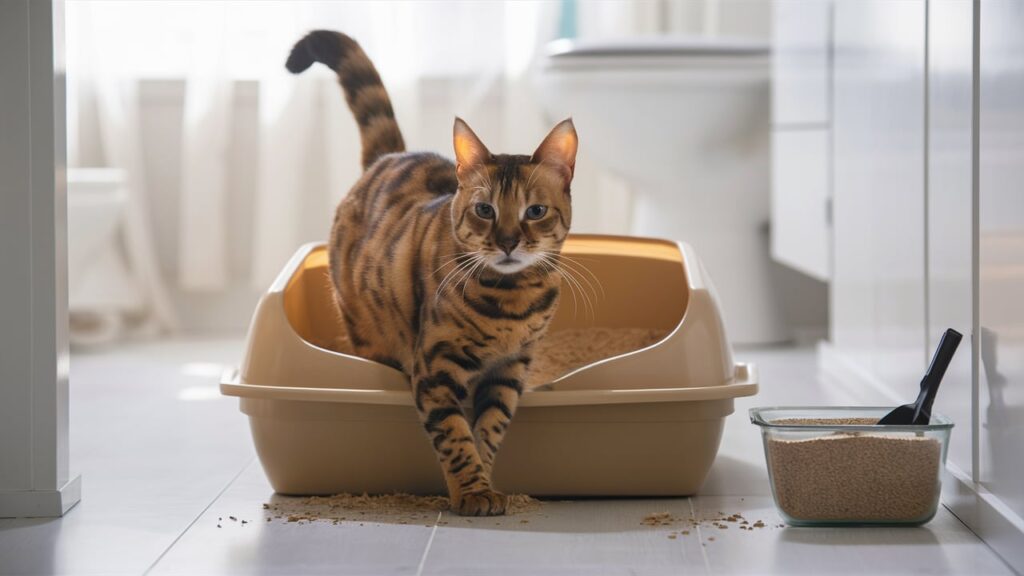
Bengal Cat Personality Traits
Bengal cats are famous for their brilliant minds and high level of energy. They are curious, playful, and often compared to dogs in their loyalty and trainability. However, they can be quite vocal and demand attention, making them better suited for owners who can keep up with their active lifestyles.
What Causes Cat Allergies?
To understand whether Bengal cats are hypoallergenic, we need to explore what causes cat allergies in the first place.
The Role of Fel d 1 Protein
Fel d 1 is a protein that is the main cause of cat allergies. Cat pee, skin, and saliva all contain this protein. When cats groom themselves, the protein is transferred to their fur and skin. As the fur sheds, these tiny protein particles become airborne and can trigger allergic reactions in sensitive individuals.
Other Factors Contributing to Allergies
While Fel d 1 is the main factor, other elements such as dander (dead skin cells), fur, and even a cat’s diet can play a role in how allergenic they are.
Are Bengal Cats Hypoallergenic?
Now that we know what causes cat allergies, let’s address the big question: are Bengal cats hypoallergenic?
Examining the Myth
Bengal cats are often touted as hypoallergenic, but this claim isn’t entirely accurate. No cat breed is completely hypoallergenic. However, Bengal cats may produce fewer allergens compared to other breeds, which is why some people with mild allergies find them more tolerable.
Scientific Evidence on Bengal Cats and Allergies
Research on Bengal cats and their allergenic potential is limited. Some studies suggest that they produce less Fel d 1 protein, but individual responses can vary. It’s essential to remember that each person’s allergy sensitivity is different, so what works for one person may not work for another.
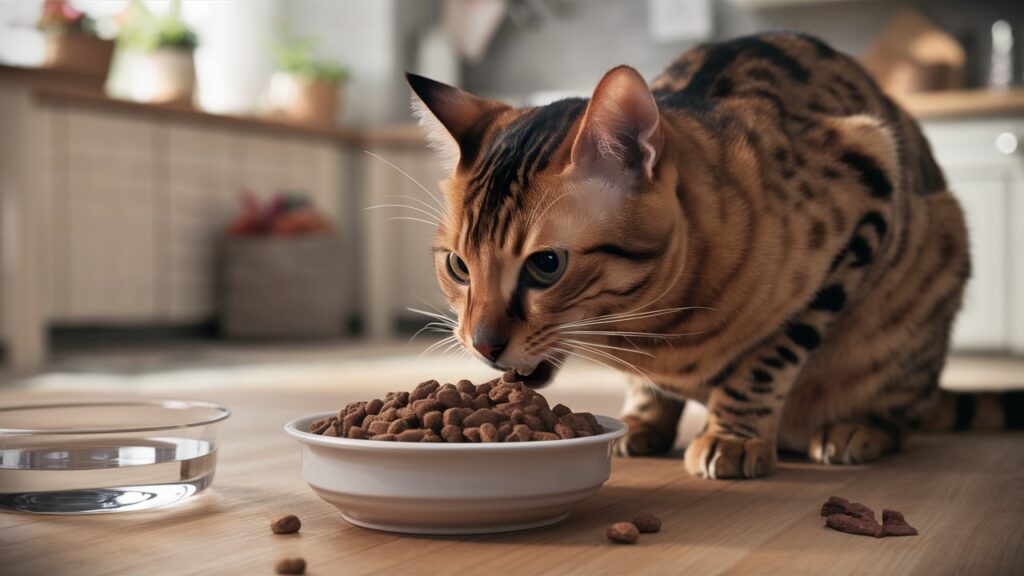
Why Some People Think Bengal Cats Are Hypoallergenic
So why do Bengal cats have a reputation for being hypoallergenic?
The Low Shedding Factor
One reason is that Bengal cats tend to shed less than other breeds. Less shedding means fewer allergen-laden hairs floating around your home, which can reduce the likelihood of allergic reactions.
Bengal Cats’ Unique Fur
Bengals have a unique coat that feels more like a pelt than typical cat fur. Their fur is dense and tends to lie flat against their bodies, which may help trap allergens and prevent them from becoming airborne.
Managing Allergies with Bengal Cats
If you’re allergic to cats but still want to bring a Bengal into your home, there are ways to manage your symptoms.
Regular Grooming Practices
Regular brushing may help in lowering the number of allergies and free fur. Brushing your Bengals a few times a week and wiping them down with a damp cloth can help minimize allergens.
Keeping Your Home Allergen-Free
Vacuuming frequently, using HEPA filters, and washing your hands after handling your cat can all help reduce allergens in your home. It’s also a good idea to keep your cat out of your bedroom, so you have an allergen-free space to retreat to.
Air Purifiers and Other Helpful Tools
Investing in a good quality air purifier can make a significant difference in reducing airborne allergens. There are also allergen-reducing sprays available that can be applied to your cat’s fur to help neutralize allergens.
Living with Bengal Cats If You Have Allergies
Even if you have allergies, it’s possible to live harmoniously with a Bengal cat.
Tips for Minimizing Allergy Symptoms
In addition to regular grooming and cleaning, you might want to consider allergy medications or allergy shots (immunotherapy). Some people find that their allergy symptoms lessen over time as they become accustomed to their cat.
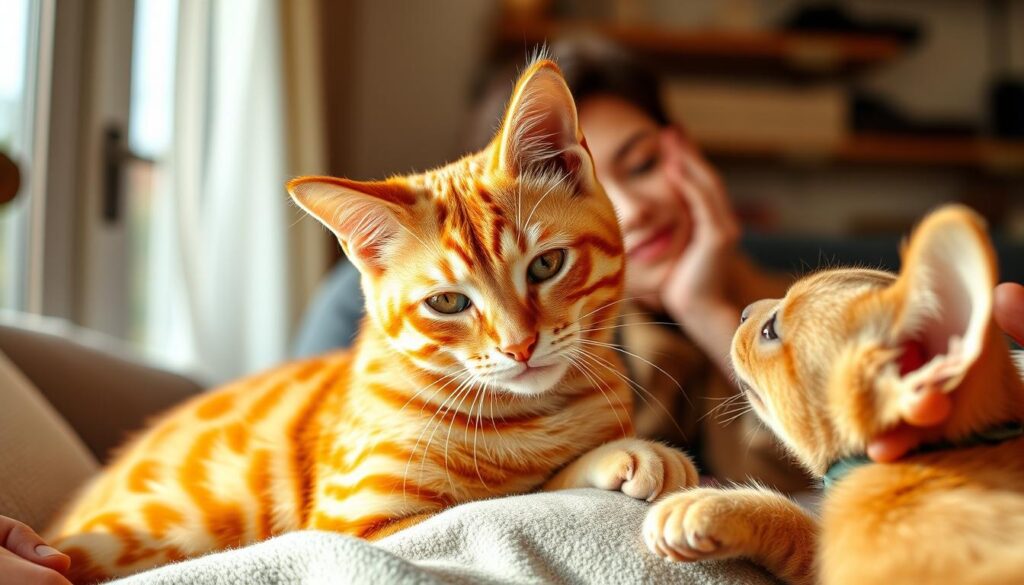
Consultation with Allergy Specialists
Before adopting a Bengal cat, it’s wise to consult with an allergy specialist. They can help you determine the severity of your allergies and provide advice on managing symptoms.
Comparing Bengal Cats with Other Breeds
How do Bengal cats stack up against other so-called hypoallergenic breeds?
Hypoallergenic Traits in Other Cat Breeds
Breeds like the Siberian, Balinese, and Sphynx are also considered hypoallergenic. These cats either produce less Fel d 1 protein, have less fur, or shed less, making them potential options for allergy sufferers.
How Bengal Cats Measure Up
While Bengal cats are not truly hypoallergenic, their unique fur and lower shedding may make them a better choice for some people with allergies compared to other breeds.
The Importance of Proper Care
Regardless of whether you’re allergic, Bengal cats require proper care to thrive. Their care is very important because they are expensive breeds.
Nutritional Needs of Bengal Cats
Bengals are active and muscular cats, so they need a diet rich in high-quality protein. It’s essential to provide them with the right nutrients to support their energetic lifestyle.
Exercise and Mental Stimulation
Bengal cats are highly intelligent and need plenty of mental and physical stimulation. Interactive toys, climbing trees, and regular playtime are crucial to keeping them happy and healthy.
Bengal Cats as Family Pets
Bengal cats can make wonderful family pets, but there are a few things to consider.
Interaction with Children and Other Pets
Bengals are generally good with children and other pets, especially if they are socialized from a young age. However, their high energy levels mean they need plenty of attention and playtime.
What to Expect in Daily Life with a Bengal
Living with a Bengal cat is never dull. They are affectionate, playful, and sometimes mischievous. Be prepared for a lively companion who will keep you on your toes.
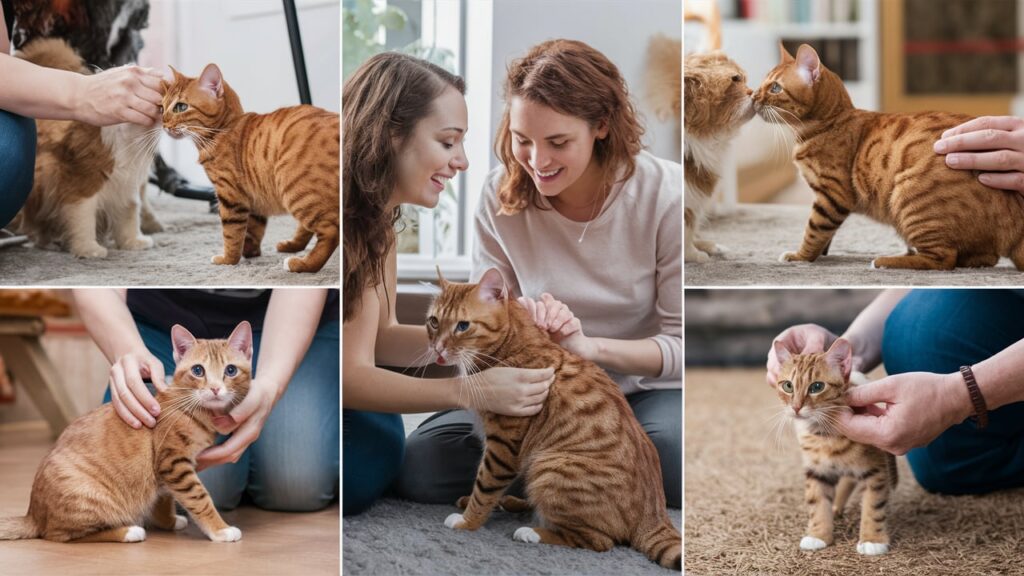
Adopting a Bengal Cat
If you’ve decided that a Bengal cat is the right choice for you, here are some things to keep in mind.
What to Consider Before Adoption
Bengal cats are not the right fit for everyone. They require a lot of attention, stimulation, and proper care. Before you bring one into your house, be sure you’re prepared for the responsibility.
Finding Reputable Breeders or Rescues
Finding a reputable breeder or rescue group is crucial. This ensures that your Bengal cat is healthy and well-socialized. Avoid purchasing from pet stores or breeders who can’t provide health guarantees or detailed information about the cat’s lineage.
Common Misconceptions about Bengal Cats
There are a few misconceptions about Bengal cats that are worth addressing.
Debunking Myths About Temperament
Some people believe that Bengal cats are aggressive or difficult to manage. While they are active and sometimes vocal, with proper training and socialization, they can be loving and well-behaved pets.
Addressing Concerns About Their Wild Ancestry
Because Bengal cats are descended from wild cats, some people worry about their wild instincts. However, modern Bengals are many generations removed from their wild ancestors and are fully domesticated.
Conclusion
So, are Bengal cats hypoallergenic? It’s not a straightforward yes or no. While they may produce fewer allergens and shed less, they are not entirely hypoallergenic. If you have mild allergies, a Bengal cat might be a good fit, but it’s essential to manage your environment and consult with an allergy specialist before making a decision.
Bengal cats are beautiful, energetic, and loving companions that can bring a lot of joy to the right home. With the right care and attention, they can be a wonderful addition to your family, even if you have allergies.
FAQs
Are Bengal Cats Good for People with Asthma?
Bengal cats may be a better option for some people with asthma due to their lower shedding and potential to produce fewer allergens. However, it’s essential to consult with a healthcare provider to determine if a Bengal is right for you.
How Often Should I Bathe My Bengal Cat to Reduce Allergens?
Bathing your Bengal cat once a month can help reduce allergens, but it’s not always necessary. Regular grooming and wiping down with a damp cloth can also be effective in minimizing allergens.
Do Bengal Cats Require Special Diets?
Bengal cats don’t require special diets, but they do need a high-protein diet to support their active lifestyle. It is advised to feed your cat the best food that has actual meat as the main ingredient.
Can Bengal Cats Be Trained Like Dogs?
Indeed, Bengal cats are exceptionally bright and can be trained to play catching, walk on a leash, and do tricks. The secret to effective training is consistency and positive reinforcement.
What Should I Know Before Bringing a Bengal Cat into My Home?
Before bringing a Bengal cat home, ensure you have the time, energy, and resources to meet their needs. They need a great deal of care, mental stimulation, and attention. Identifying respectable breeders or rescue groups is also crucial.
